The enigmatic figure of the Queen of the Night from Mozart’s The Magic Flute has long captivated audiences with her dazzling coloratura and dramatic presence. Her character, though fictional, is believed to have drawn inspiration from a fascinating blend of historical, cultural, and artistic influences. The opera itself, composed in 1791, emerged during a period of profound intellectual and social change, and the Queen’s character reflects the tensions of her time—between reason and emotion, darkness and light, authority and rebellion.
One of the most compelling theories about the Queen of the Night’s origins ties her to the Freemasonry movement, of which Mozart and his librettist, Emanuel Schikaneder, were members. The opera is steeped in Masonic symbolism, and the Queen’s opposition to Sarastro’s enlightened brotherhood mirrors the era’s conflicts between old superstitions and new philosophical ideals. Her famous aria, Der Hölle Rache, with its fiery vengeance and vocal acrobatics, embodies the fear of irrational forces resisting the Age of Enlightenment.
Another layer of inspiration may come from the real-life figure of Maria Theresa, the formidable Habsburg empress. Though not a direct parallel, Maria Theresa’s strong-willed rule and the political intrigue surrounding her reign could have influenced the Queen’s domineering persona. The opera’s premiere in Vienna, a city still resonating with her legacy, makes this connection all the more tantalizing. The Queen’s insistence on control and her eventual downfall echo the struggles of monarchs clinging to power in a changing world.
Beyond historical figures, the Queen of the Night also embodies archetypal themes found in mythology and folklore. She shares traits with the vengeful goddesses of ancient traditions—figures like Lilith or Hecate, who wield darkness as both weapon and shield. Her demand that Pamina commit murder recalls the moral tests found in fairy tales, where supernatural beings often impose impossible tasks. Yet Mozart and Schikaneder elevate her beyond mere villainy; her music gives her depth, a blend of fury and vulnerability that makes her one of opera’s most complex antagonists.
The Queen’s visual and musical portrayal further enhances her mystique. The starburst crown and midnight-blue robes associated with her costume evoke celestial imagery, suggesting a fallen angel or a dethroned deity. Mozart’s composition for her—a relentless flurry of high notes and rapid passages—mirrors the unpredictability of nature itself. Her music doesn’t just accompany her; it is her, a force of chaos in a story striving for order.
Modern interpretations of the Queen continue to evolve, with directors and scholars re-examining her role through feminist, psychoanalytic, and political lenses. Some see her as a tragic figure, a mother desperate to reclaim her daughter from a patriarchal order. Others view her as a necessary counterbalance to Sarastro’s sometimes oppressive rationality. Whatever the reading, her enduring appeal lies in her ambiguity—she is neither wholly evil nor entirely sympathetic, but a reflection of the shadows within us all.
As The Magic Flute endures in repertoires worldwide, the Queen of the Night remains its most electrifying enigma. Her origins may never be fully pinned down, and perhaps that’s the point. Like the Masonic symbols woven into the opera, she invites interpretation, challenging us to confront the darkness—and the brilliance—within the human spirit.

By /Jul 24, 2025

By /Jul 24, 2025

By /Jul 24, 2025

By /Jul 24, 2025

By /Jul 24, 2025
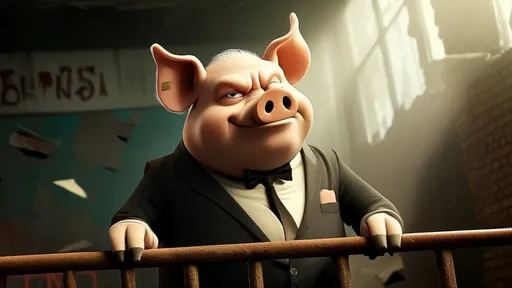
By /Jul 24, 2025

By /Jul 24, 2025
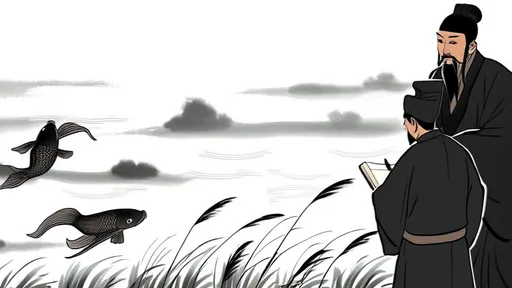
By /Jul 24, 2025
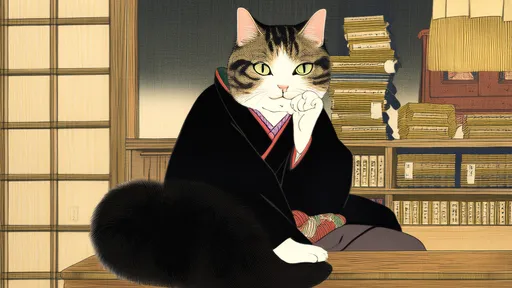
By /Jul 24, 2025
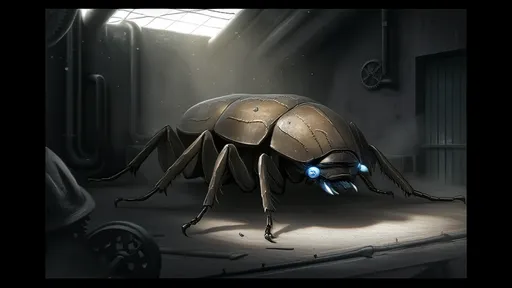
By /Jul 24, 2025

By /Jul 24, 2025
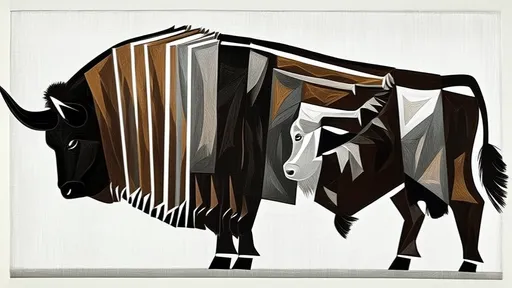
By /Jul 24, 2025
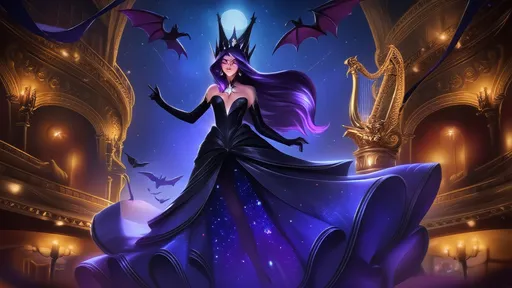
By /Jul 24, 2025
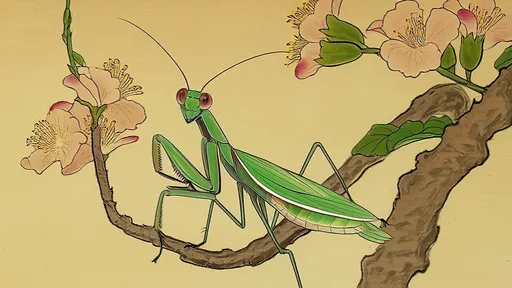
By /Jul 24, 2025
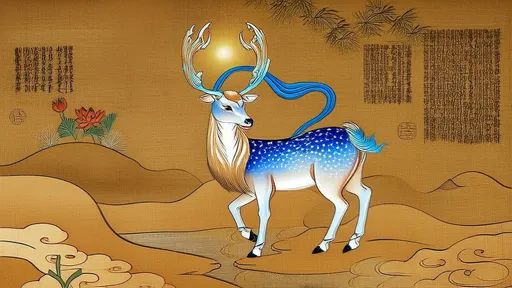
By /Jul 24, 2025
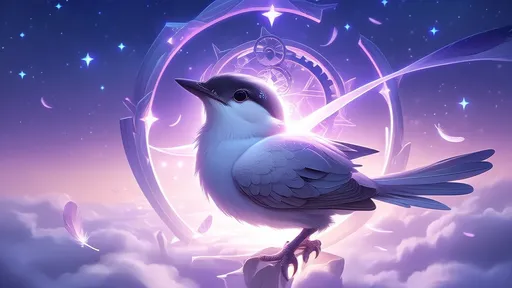
By /Jul 24, 2025

By /Jul 24, 2025

By /Jul 24, 2025